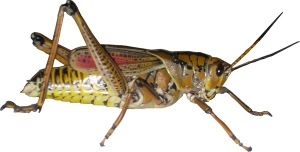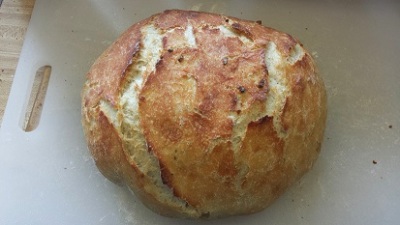 I continue to be amazed at how wine is made so differently today than it was only a decade or two ago. Yes, there are plenty of new techniques being used today and ‘tricks of the trade’ such as reverse osmosis, de-alcoholization, micro-oxygenation, and many other, are more common than one might think.
I continue to be amazed at how wine is made so differently today than it was only a decade or two ago. Yes, there are plenty of new techniques being used today and ‘tricks of the trade’ such as reverse osmosis, de-alcoholization, micro-oxygenation, and many other, are more common than one might think.
What I mean by the original statement, though, has more to do with ‘drinkability’ than anything else. It used to be that for ‘better wines’, one would need to ‘lay them down’ for a number of years until they were consumed. Why was this generally done?
First off, wines used to be made in a more straightforward way that lead to certain varieties exhibiting their naturally more ‘aggressive’ tannin and bitterness structure. Take cabernet sauvignon, for example. Other than a few producers like Silver Oak, these wines usually were made to ‘lay down’ and were not that enjoyable young. This was certainly acceptable though, as both the wineries and consumers agreed that it was okay to have ‘green flavors and aggressive tannins’ and basically, this was the sign of a wine that would age well.
Second, there was and continues to be this conventional wisdom that great wine is meant to age, and if wines were ‘too drinkable’ young, they could not be considered ‘great’. I believe this had more to do with ‘old world wine region’ think-speak than anything else, but it stuck here as well.
Nowadays, I’m amazed at the notes I see on young wines – and I mean infants of wines. Here we are in early 2014, and I’m already seeing tasting notes on 2012 cabernets and 2011 Bordeaux wines. Now grant it, the Bordeaux notes are on ‘futures’ wines, but these wines have been bottled and are being served, and the notes do not imply that drinkers will sit on them for years and years before consuming.
So what’s the problem here? Is there one? Well . . . . .
There are plenty of wines that are still made with structure that need time, plenty of time to fully develop their flavors. If they are being ‘judged’ by those who are used to drinking young wines that are not made in this style, though, they may not be looked upon as ‘favorable’, but instead, too ‘backwards’ or too ‘tannic’ – qualities that had been looked for not too long ago.
With a bit of patience, though – be it simply decanting or enjoying over a few hour period – many wines were show their ‘true stuff’. The question is, will you or your friends have the patience to wait?
Curious to hear your thoughts on this.
